San Marino to be connected to the Sistema di Interscambio (SdI)
From 1 July 2022, San Marino companies selling goods to Italy will be required to issue electronic invoices. To make this possible, San Marino will be connected to Italy’s e-invoicing system, the Sistema di Interscambio (SdI).
This was recently announced by the Italian Minister of Economy and Finance and the Secretary of State for Finance and Budget of San Marino.
The electronic exchange of B2B invoices will be mandatory from 1 July 2022. In parallel, a transition period has been established from 1 October 2021 to 30 June 2022. During this period, companies that wish to do so will be able to start using electronic invoicing.
In addition, Italian companies with operations in San Marino will also be able to issue electronic invoices thanks to the connection between the two countries through the SdI.
SdI: a unique e-invoicing system in Europe
In 2019, Italy became the first European country to implement a clearance model for e-invoicing. In order to make the use of electronic invoicing mandatory in all areas (B2G, B2B and B2C), the country had to request authorisation from the European Union. The authorisation expires at the end of 2021, but all indications are that Italy will ask for an extension of the authorisation until 2024.
Under the SdI, companies must send all electronic invoices to the relevant tax authority, in this case the Agenzia delle Entrate, in real time. Upon receipt, the Agenzia delle Entrate checks that each electronic document meets the basic requirements (company information, VAT data, consistency between amounts, etc.). If the electronic invoice meets all the requirements, it is delivered to the final recipient.
The clearance e-invoicing model is the one chosen by most Latin American countries. After the success of the SdI and the electronic invoicing in Italy, other European Union countries are also considering implementing it. This is the case of Poland and France, and now also San Marino.
If you want to know more about the state of regulation on electronic invoicing in the different European countries, visit “The panorama of the Electronic Invoice in Europe”.











